MEET THE TEAM
PRINCIPAL INVESTIGATOR
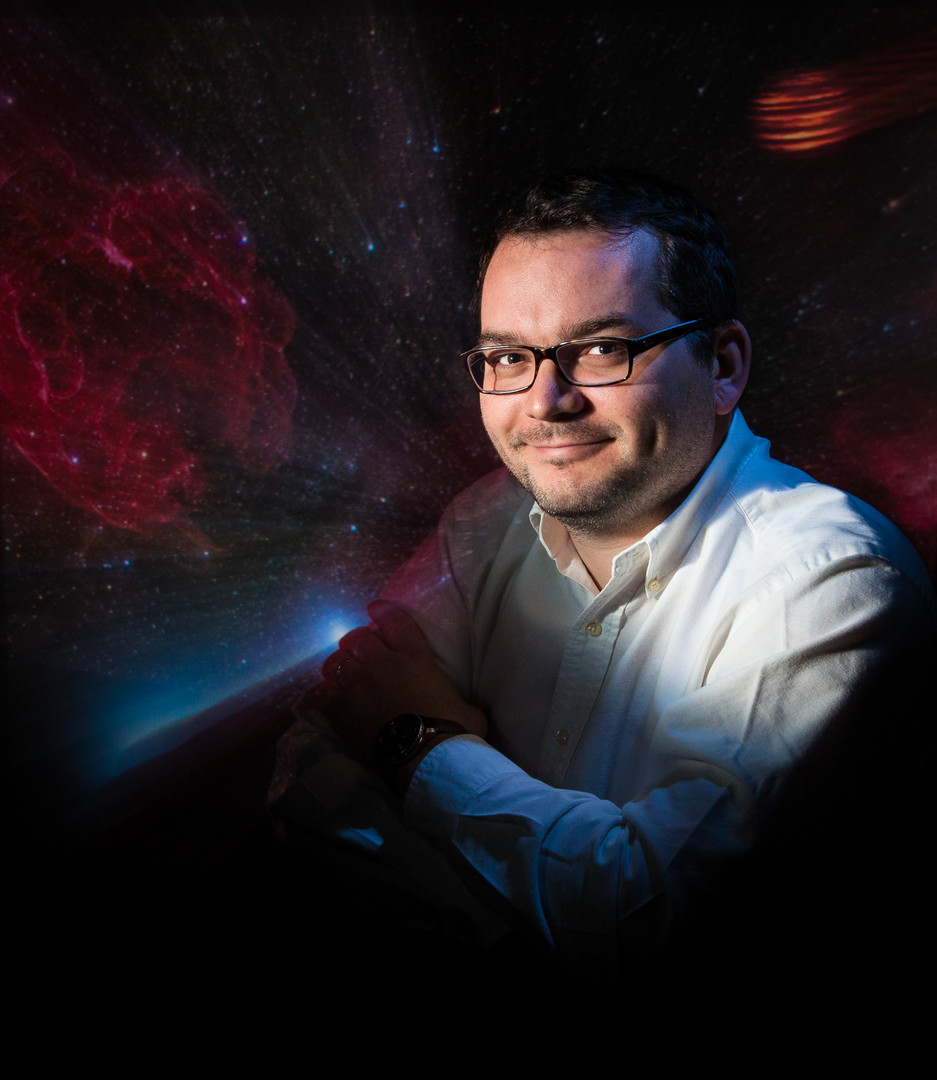
Dániel Apai, Principle Investigator
Interim Associate Dean for Research, College of Science and Professor of Astronomy and Planetary Science, UArizona
Daniel is an astrophysicist and planetary scientist specializing in studies of extrasolar planets with the long-term goal of identifying planetary systems capable of supporting life. He holds a joint appointment as Professor at the Steward Observatory and the Lunar and Planetary Laboratory of The University of Arizona.
He is an author of nearly 200 refereed research papers that received over 11,000 citations. He is leading major programs on some of the largest ground- and space-based telescopes, and co-leads a technology development program to enable a new generation of very large space telescopes. Between 2015–2021 he led the Project EOS: Earths in Other Solar Systems, a major NASA NExSS-funded astrobiology research team exploring the potential of nearby planetary systems for supporting life; and he is PI of Alien Earths, that builds on EOS to explore nearby planetary systems for habitable planets. Daniel occasionally writes about his research on his blog Distant Earths.
ALIEN EARTHS TEAM
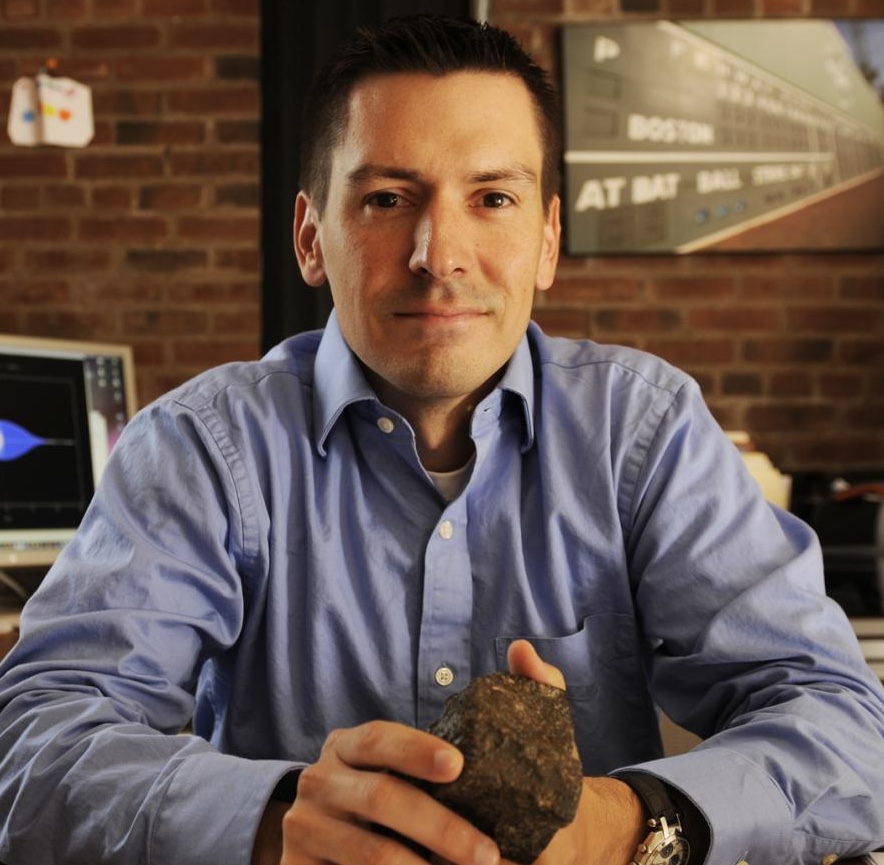
Fred Ciesla, Project Lead
Professor and Chair, Department of the Geophysical Sciences, University of Chicago; Professor, Enrico Fermi Institute, University of Chicago
Fred Ciesla works at the intersection of astrophysics and cosmochemistry, developing models that link the record of planet formation in our Solar System to the processes that shape protoplanetary disks around other stars and the exoplanets that form. In particular, his research focuses on understanding the feedback between physical processes and chemical evolution that occurs during star formation, protoplanetary disk evolution, and planetary accretion. Fred received his BA in Physics from Cornell University and PhD in Planetary Sciences from the University of Arizona. He joined the faculty of the University of Chicago in 2008.
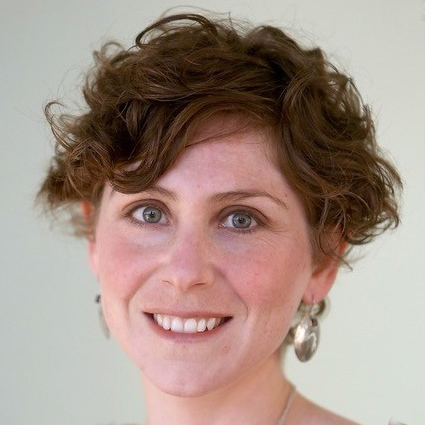
Kaitlin Kratter, Project Lead
Associate Professor, UArizona
Kaitlin Kratter’s research focuses on the formation and evolution of stellar and planetary systems. Kratter employs analytic and computational techniques to tackle topics including accretion disk dynamics, binary formation, few body dynamics, and planet-disk interactions. Her current work is focused on the intersection of binary and planet formation, especially in circumbinary systems. She is also collaborating closely with observers to discover extreme mass ratio binaries, and very young multiple star systems.
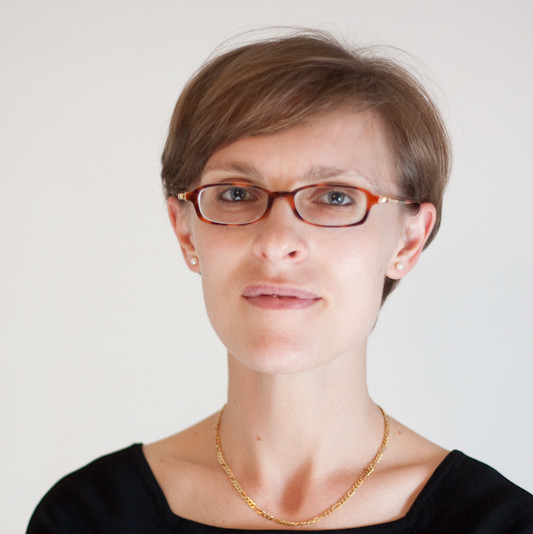
Ilaria Pascucci, Project Lead
Associate Professor, UArizona
Ilaria Pascucci’s main research focuses on understanding when and how planets form and evolve and how common are life-bearing planetary systems like our own Solar System. She carries out observations with state-of-the-art facilities to characterize planet-forming disks around young stars. She also uses exoplanet surveys to re-construct the intrinsic frequency of planets in time. Ilaria received her PhD in astrophysics at the University of Heidelberg in Germany and joined the faculty of the University of Arizona in 2011.
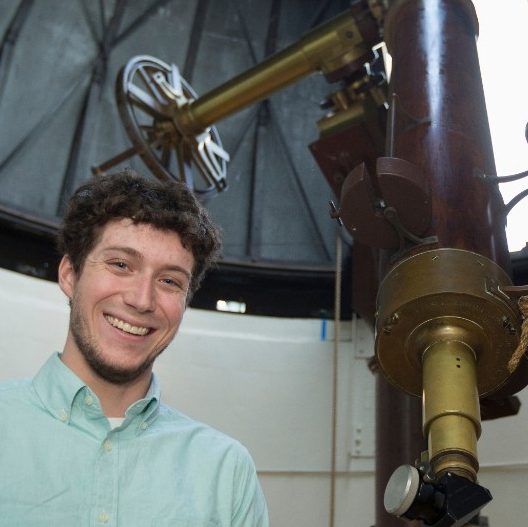
Kevin Wagner, Project Lead
NASA Sagan Fellow, UArizona
Kevin Wagner is a NASA Sagan Postdoctoral Fellow at the University of Arizona’s Steward Observatory. Dr. Wagner’s research focuses on directly detecting and studying planets around nearby stars, with a specific focus on finding and characterizing potentially life supporting planets. His team’s recent work has enabled imaging planets that are approximately Neptune-sized in the habitable zone of the closest Sun-like star, Alpha Centauri, which shows that imaging smaller, potentially Earth-like planets is closely within reach.
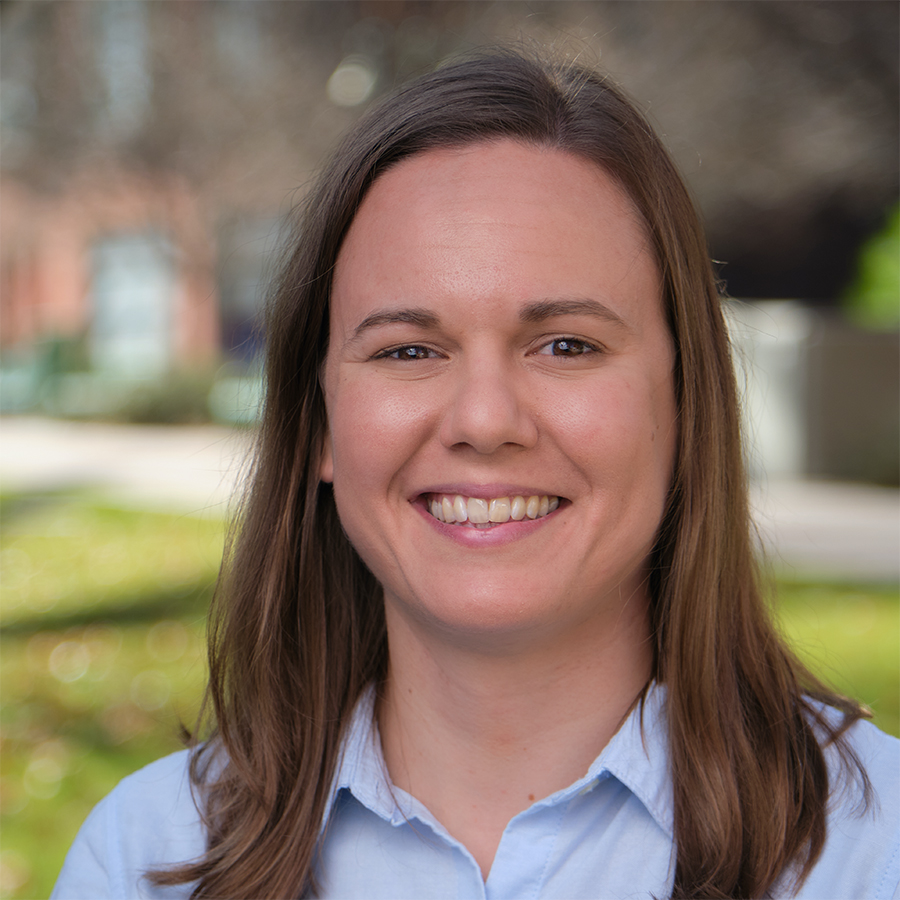
Jessica Barnes, Co-Investigator
Assistant Professor, UArizona
Jessica Barnes’ main research focus is on understanding the origin and evolution of volatiles in the inner Solar System. She utilizes a combination of electron microscopy and high-resolution secondary ion mass spectrometry techniques to study the mineralogy, geochemistry, and petrological histories of a wide range of extraterrestrial materials.
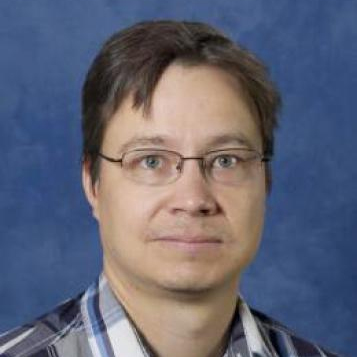
Tommi Koskinen, Co-Investigator
Assistant Professor, UArizona
Tommi Koskinen’s research focuses on the structure and evolution of planet and satellite atmospheres in the solar system and extrasolar planetary systems. He is particularly interested in the physics and chemistry of the middle and upper atmosphere that he studies through both the analysis of observations and theoretical modeling. His research covers a wide range of different objects and techniques in the spirit of comparative planetology, which is critical to our understanding of the evolution of planetary atmospheres and environments in general. Dr. Koskinen served as a participating scientist on the Cassini mission and he is still actively involved in research on the atmospheres of Saturn and Titan. In addition, he develops and maintains models of exoplanet atmospheres that are required to interpret current and planned observations as well as to simulate mass loss and address questions on long-term evolution.

Min Fang, Collaborator
Research Fellow, Purple Mountain Observatory
Min’s researches focus on characterizing the properties of young stars and understanding their circumstellar disk evolution. Min Fang received his PhD in astrophysics at the University of Heidelberg in Germany in 2011 and joined Purple Mountain Observatory, Chinese Academy of Sciences in 2021.

Anders Johansen, Collaborator
Professor of Planet Formation and Planetary Sciences, GLOBE Institute, University of Copenhagen
Anders Johansen is interested in all aspects of the theory of planet formation. He has worked extensively on streaming instability models of planetesimal formation and pebble accretion models for the formation of planetary systems. Anders obtained his PhD degree from the Max Planck Institute for Astronomy and Heidelberg University in 2007. He joined Lund University in 2010, became a full professor in 2016 and was head of department between 2016 and 2020. In 2020 he transferred to a research professorship at the GLOBE Institute of the University of Copenhagen
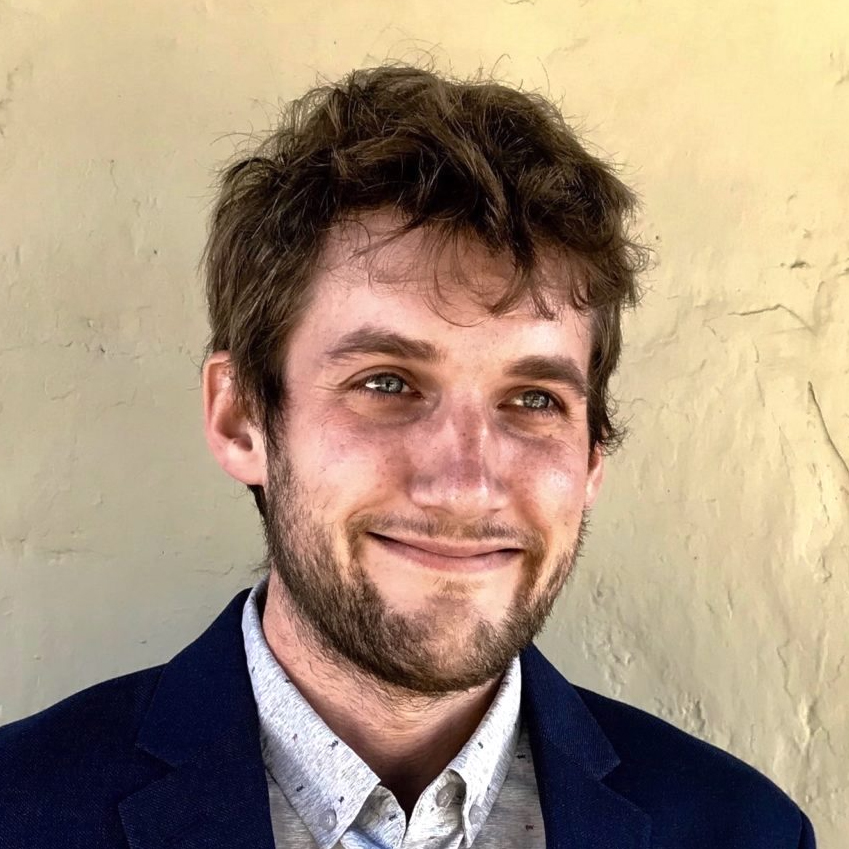
Sebastiaan Krijt, Collaborator
Lecturer in Astrophysics, University of Exeter
Sebastiaan’s research focusses mainly on the early stages of planet formation, during which microscopic dust particles come together to form kilometer-size planetesimals – the building blocks of planets. He develops numerical models to simulate dust and volatile evolution in protoplanetary disks, and is particularly interested in understanding how the composition of planetary-size bodies is related to their formation history. Sebastiaan received his PhD from Leiden University in 2015, was a NASA Hubble Fellow at the University of Chicago and University of Arizona, and joined the University of Exeter in 2020.

Christoph Mordassini, Collaborator
Professor, University of Bern
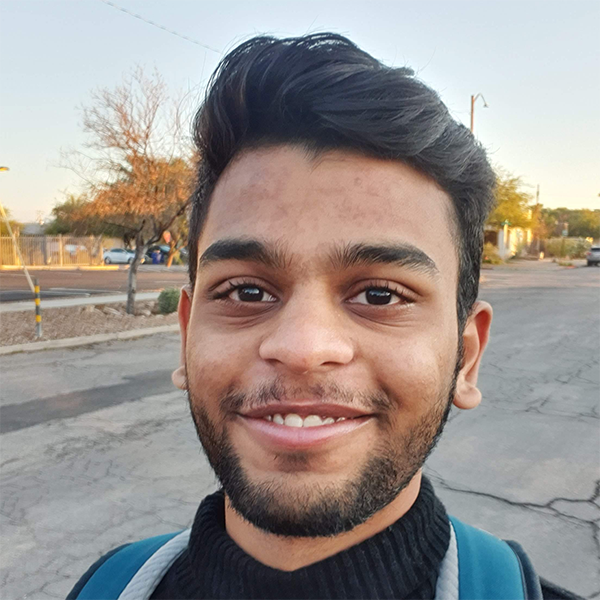
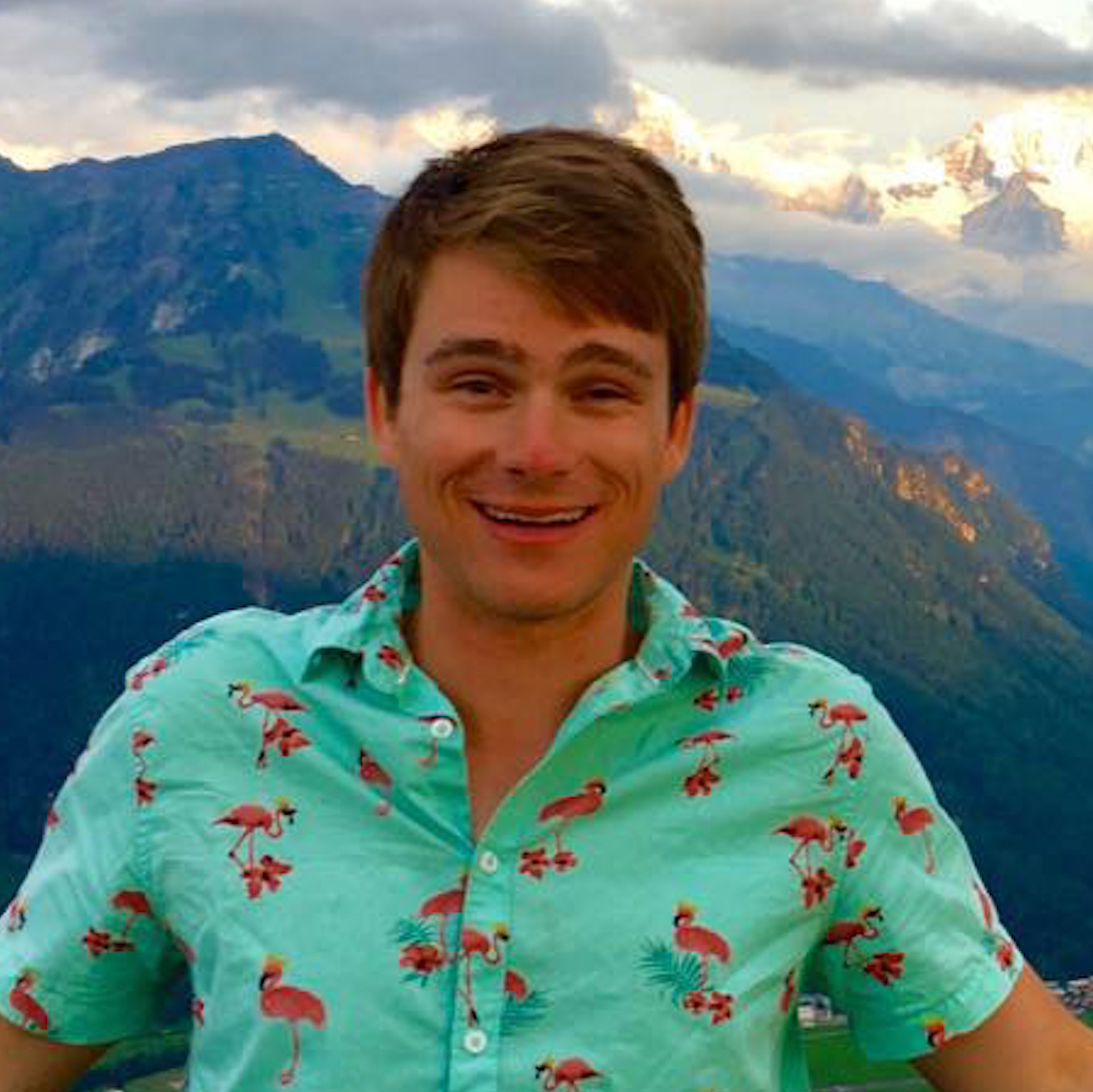
Ryan Boyden, PhD Student
University of Arizona
Ryan Boyden’s research involves characterizing the properties of circumstellar disks that reside in stellar clusters, the most common sites of star formation. He uses radio astronomical interferometers, such as ALMA and the VLA, to observe disks in nearby clusters and constrain their underlying physical and chemical structure. Example clusters include the Orion Nebula Cluster, which hosts the massive Trapezium stars, and the NGC 1977 cluster.
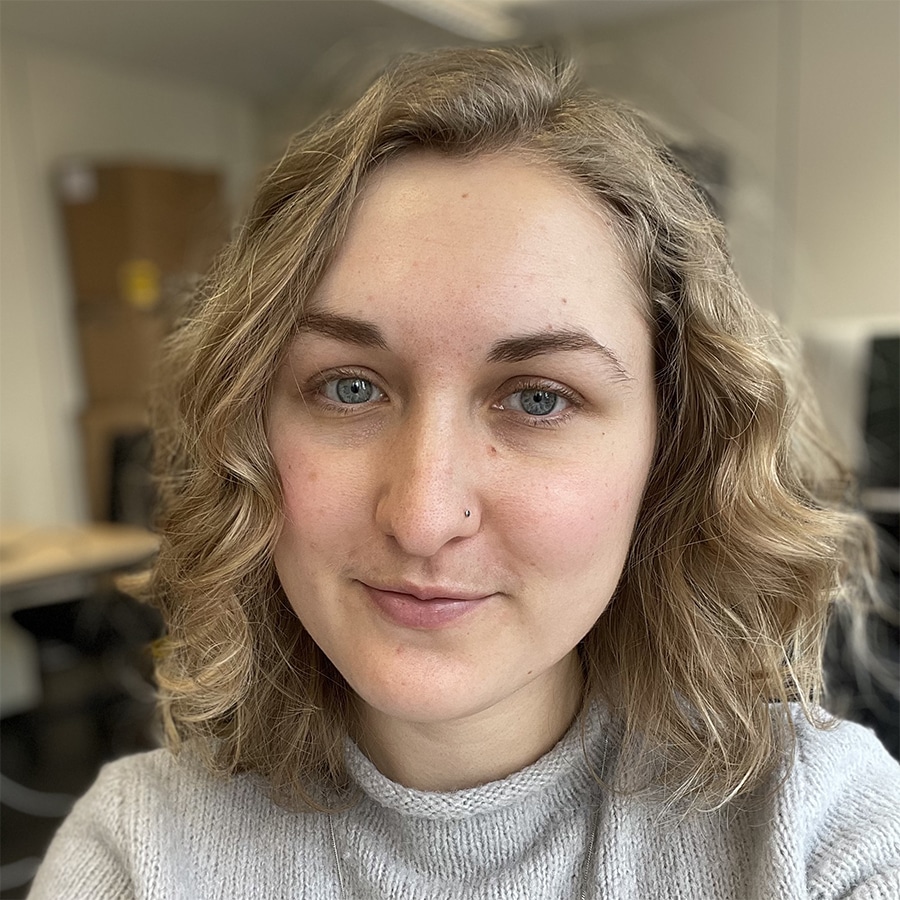
Chloe Fisher, PhD Student
University of Bern
Chloe Fisher obtained her master’s degree in natural sciences from the University of Cambridge, before starting her PhD at the University of Bern in 2017. She works primarily on atmospheric retrieval of exoplanets, using traditional techniques and machine learning.

Adrien Houge, PhD Student
University of Exeter
Adrien is a PhD student at the University of Exeter working with Sebastiaan Krijt on planetesimal formation. He uses numerical methods to simulate the growth of dust to pebbles through coagulation. More precisely, he considers various particle properties (e.g. porosity, composition) to better understand how it influences the formation of planetary building blocks.
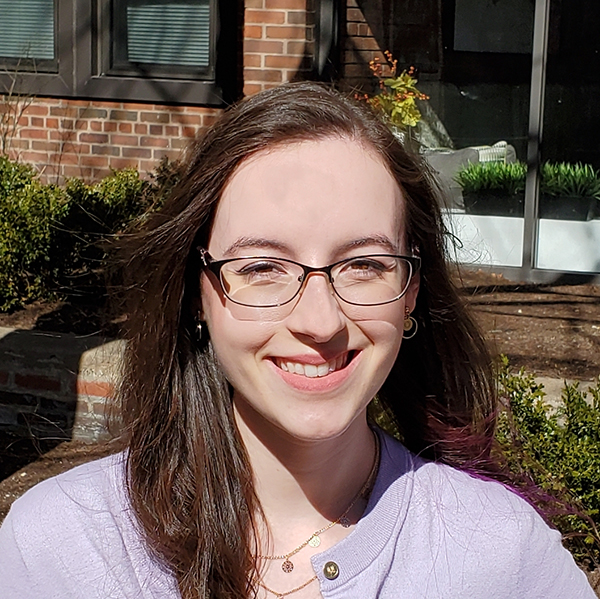
Megan Mansfield
NASA Sagan Fellow, UArizona
Megan Mansfield received her PhD from the University of Chicago. Her research broadly focuses on the spectroscopic characterization of transiting exoplanet atmospheres. She uses a wide variety of ground-based and space-based observations to better understand planetary formation, physics, and chemistry.
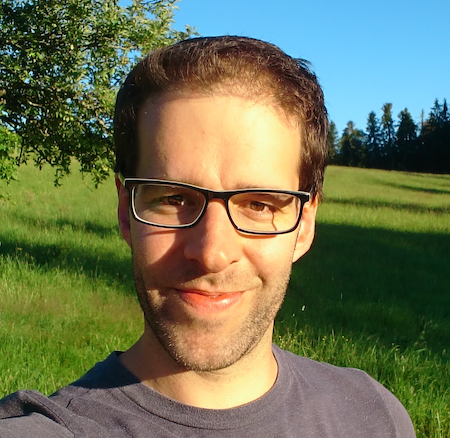
Martin Schlecker
Postdoctoral Research Associate, UArizona
Martin Schlecker’s research focuses on exoplanets and their formation, and he has a special interestin exoplanet demographics and planets around cool stars. His tools of choice are planet population synthesis models and statistical analyses of planet populations. He is also involved in programs that search for new exoplanets with the transit and radial velocity techniques. Martin received his PhD from the University of Heidelberg and the Max Planck Institute for Astronomy in 2021 for his work on the architectures of multi-planet systems. In 2022, he joined Prof. Daniel Apai’s group at the University of Arizona.
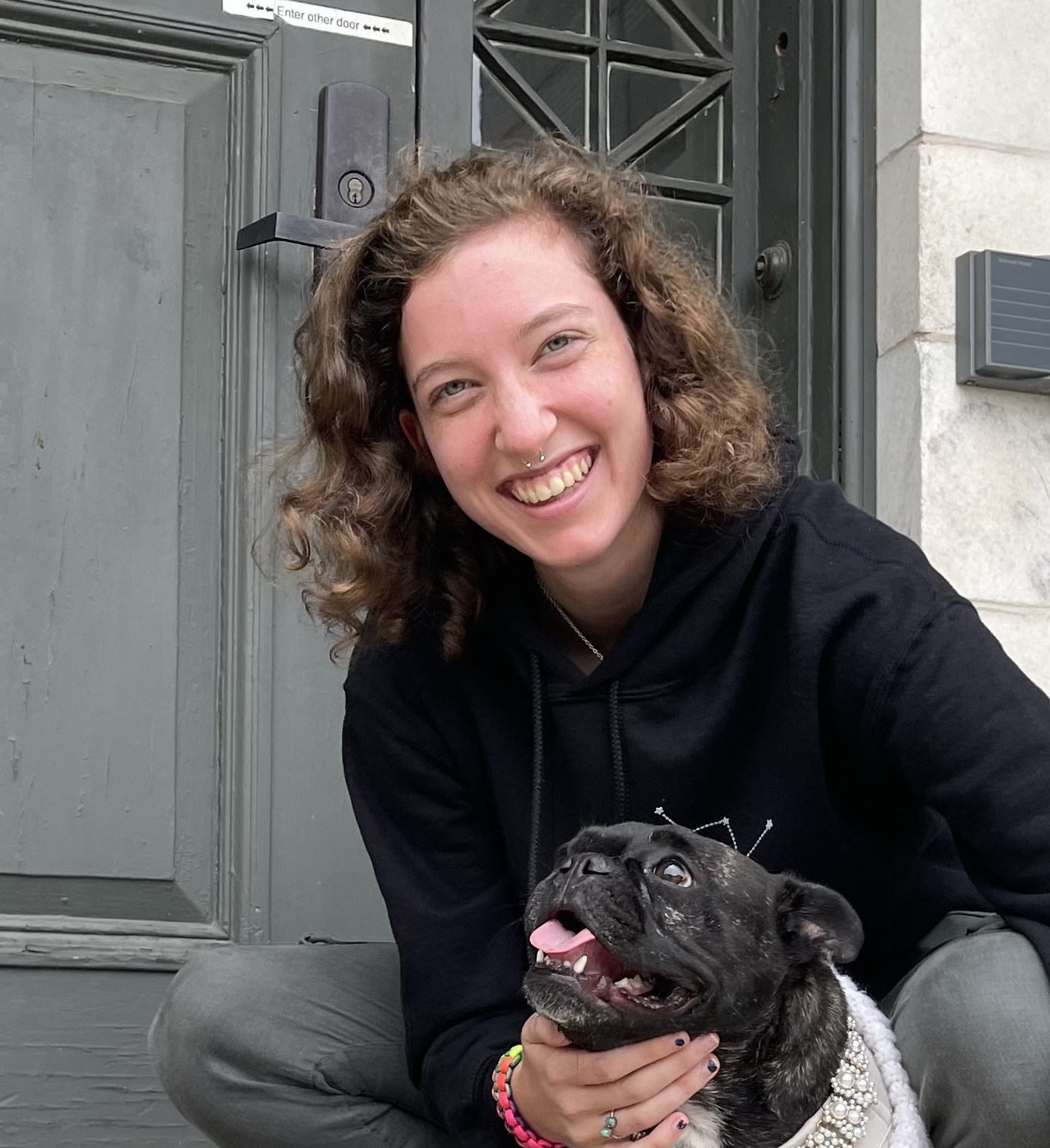
Chaucer Langbert, PhD Student
University of Arizona
Chaucer Langbert is a graduate student at LPL working with Daniel Apai to study planetary atmospheres. They are currently interested in the role that atmospheric feedback mechanisms play in global, long-term climate stability with special applications to astrobiology.

Dominika Itrich
Postdoctoral Research Associate, UArizona
Dominika Itrich investigates young, low-mass stars using infrared and optical spectroscopy. In particular, she is interested in how environmental conditions, like irradiation field or metallicity, impact early evolution of stars and their protoplanetary disks. Dominika received her PhD in 2023 from the Ludwig Maximilian University of Munich and the European Southern Observatory. In 2024, she joined the Alien Earths team at the University of Arizona.
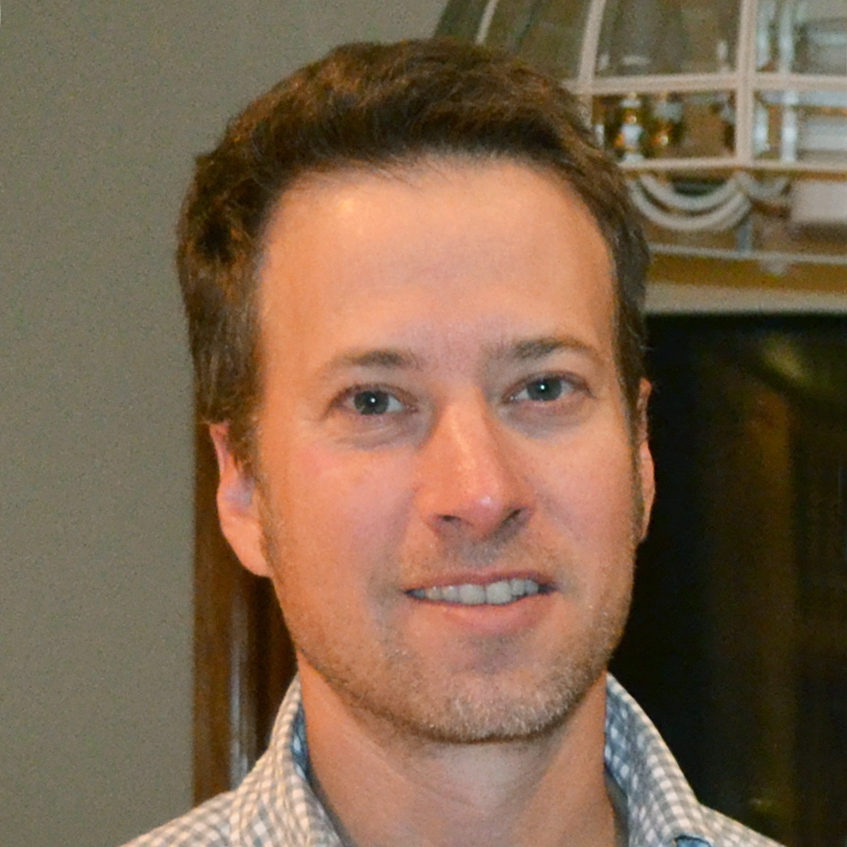
Josh Eisner, Project Lead
Professor of Astronomy, UArizona
Josh Eisner joined the faculty of the University of Arizona in 2008, and he is a currently a Professor of Astronomy. He studies planet formation at a range of wavelengths, from the radio/mm regime where protoplanetary disk dust and gas can be observed, to the infrared and optical, where emission from protoplanets themselves can be targeted. His observations, which use the largest telescopes in the world, constrain the initial conditions and physical processes involved in planet formation, and help further our understanding of the origins of both solar and extra-solar planets.
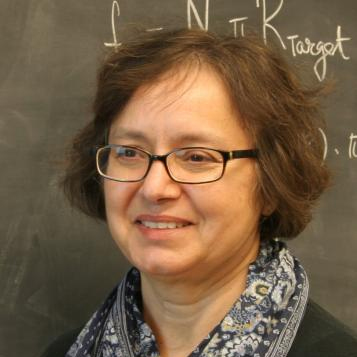
Renu Malhotra, Project Lead
Professor, UArizona
Renu Malhotra’s research spans orbital dynamics in the solar system and in exo-solar planetary systems. Current topics of research are: theory of orbital resonances, long term stability and chaos in the asteroid belt and in the Kuiper belt, the orbital migration history of the giant planets, and the dynamics of exo-solar planetary systems.
Dr. Malhotra’s research interests include: Astrobiology, Exoplanets; Planetary Formation and Evolution, Orbital Dynamics, Small Bodies and Theoretical Astrophysics.
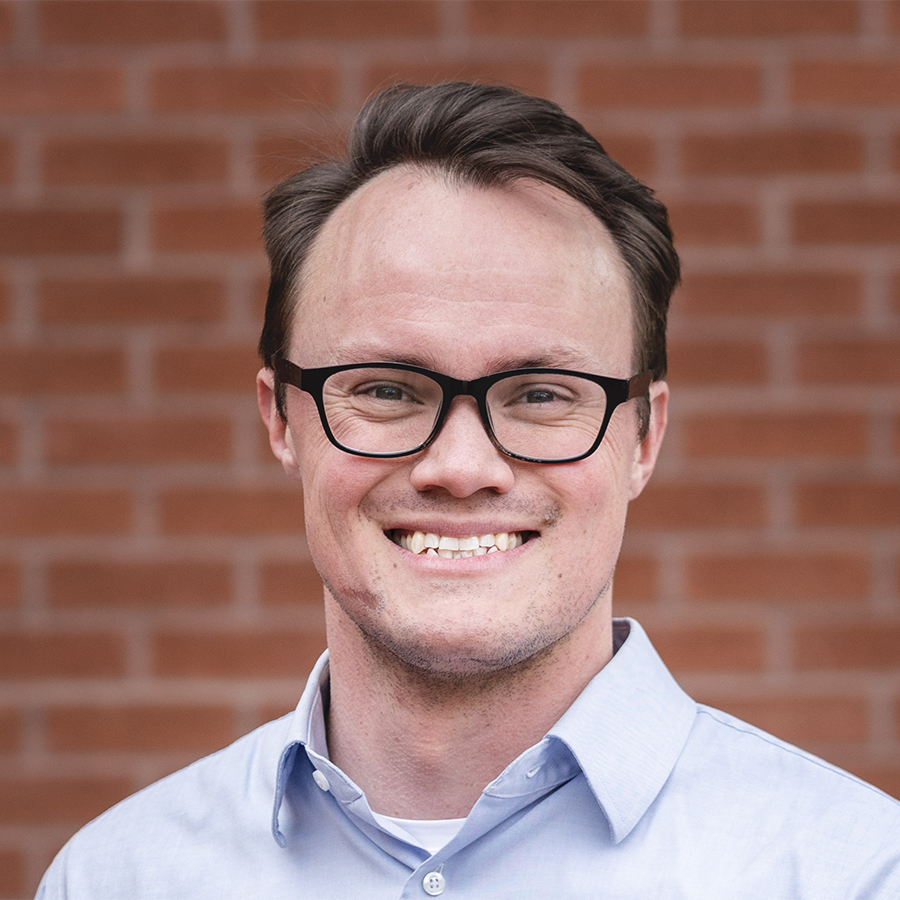
Ben Rackham, Project Lead
51 Pegasi b Postdoctoral Fellow, MIT
Ben works on the detection and characterization of transiting exoplanets. He is interested primarily in small exoplanets around nearby small stars that afford the best opportunities for detailed atmospheric characterization, including searches for biosignatures with near-future telescopes. Starspots can mimic or mask atmospheric features in transmission spectra, and so Ben also studies new approaches for constraining stellar photospheric heterogeneity and disentangling stellar and planetary signals in transmission spectra.

Tom Zega, Project Lead
Associate Professor, UArizona
Tom Zega applies a microscopy- and microanalysis-based approach to study the chemical and physical evolution of the early solar system and ancient stars. His efforts are focused on the origin of the circumstellar grains that formed in ancient stars, refractory inclusions that formed the first solar-system solids, primitive organic compounds, and development of analytical techniques for investigations of such materials. He uses ultrahigh-resolution ion- and electron-microscopy techniques, including focused-ion-beam scanning-electron microscopy and transmission electron microscopy, to determine the composition and structure of these materials at scales ranging from millimeters down to the atomic. Knowledge of these details of planetary materials provides novel insights into the origin of our solar system and ancient stars.
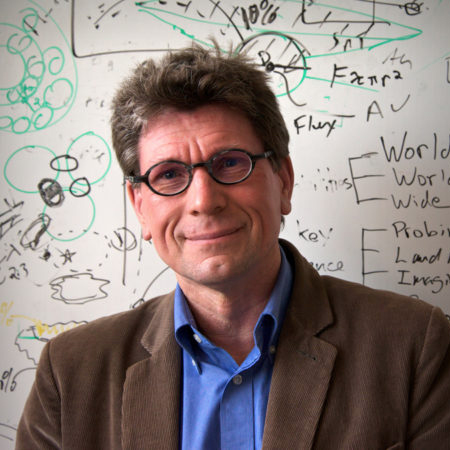
Laird Close, Co-Investigator
Professor, Astronomy and Asronomer, UArizona
Laird specializes in novel astronomical observations utilizing new adaptive optics instrumentation. He is utilizing adaptive optics (which removes the blurring effects of the Earth’s atmosphere) to study at very high resolution: low-mass stars, brown dwarfs, and extrasolar planets. As well he is interested in massive old AGB stars, young stars in the process of forming, & solar system objects like Titan and binary asteroids. He has been involved in the development of several adaptive optics systems and special high-contrast high resolution infrared cameras. He is the head scientist (PI) of the Magellan Adaptive Secondary AO system in Chile.
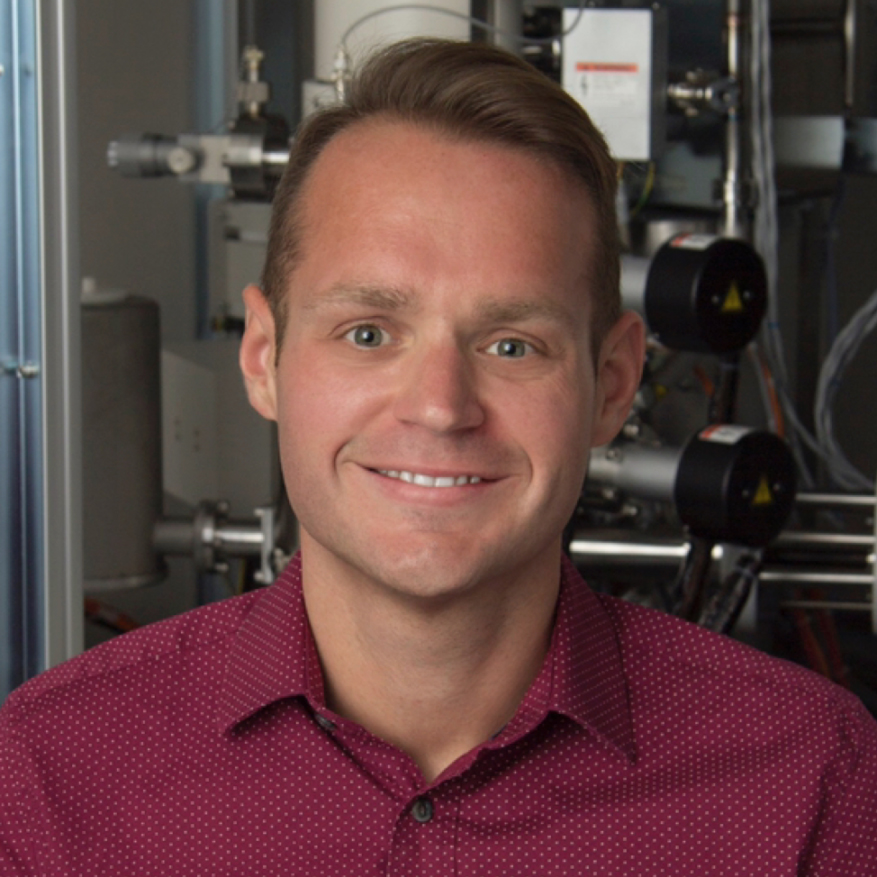
Pierre Haenecour, Co-Investigator
Assistant Professor, UArizona
Pierre’s research interests focus on the building blocks and early history of the Solar System history, and the origin of life through the coordinated study of circumstellar and interstellar dust grains and organic molecules in unequiliberated planetary materials (e.g., meteorites, micrometeorites and interplanetary dust particles). His background is in Geochemistry and Cosmochemistry, from terrestrial samples (e.g., Pb and Zn isotopes in Archean komatiitic lava flows) to primitive extraterrestrial samples (e.g., meteorites and micrometeorites), using multi-collector inductively coupled plasma mass spectrometry and a variety of in situ ion- and electron-microscopy techniques (e.g., secondary ion mass spectrometry, Auger and Raman spectroscopy, focused-ion-beam scanning-electron microscopy and transmission electron microscopy).
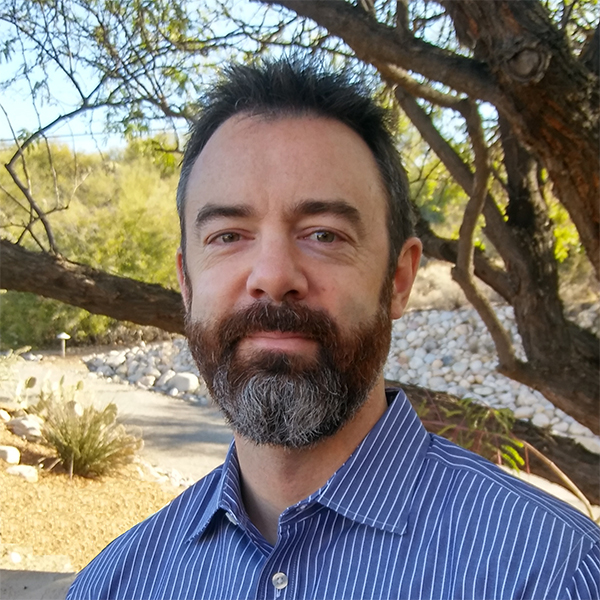
Jared Males, Co-Investigator
Assistant Astronomer, UArizona
Jared Males studies exoplanets and develops techniques to characterize them with direct imaging from both the ground and with space telescopes. Dr. Males is the principal investigator of the NSF-funded MagAO-X project, which is developing a new “extreme” AO system for the Magellan Clay telescope. MagAO-X will deliver extremely high quality, high resolution images and spectra, and allow astronomers to image exoplanets closer to their bright host stars than ever before.
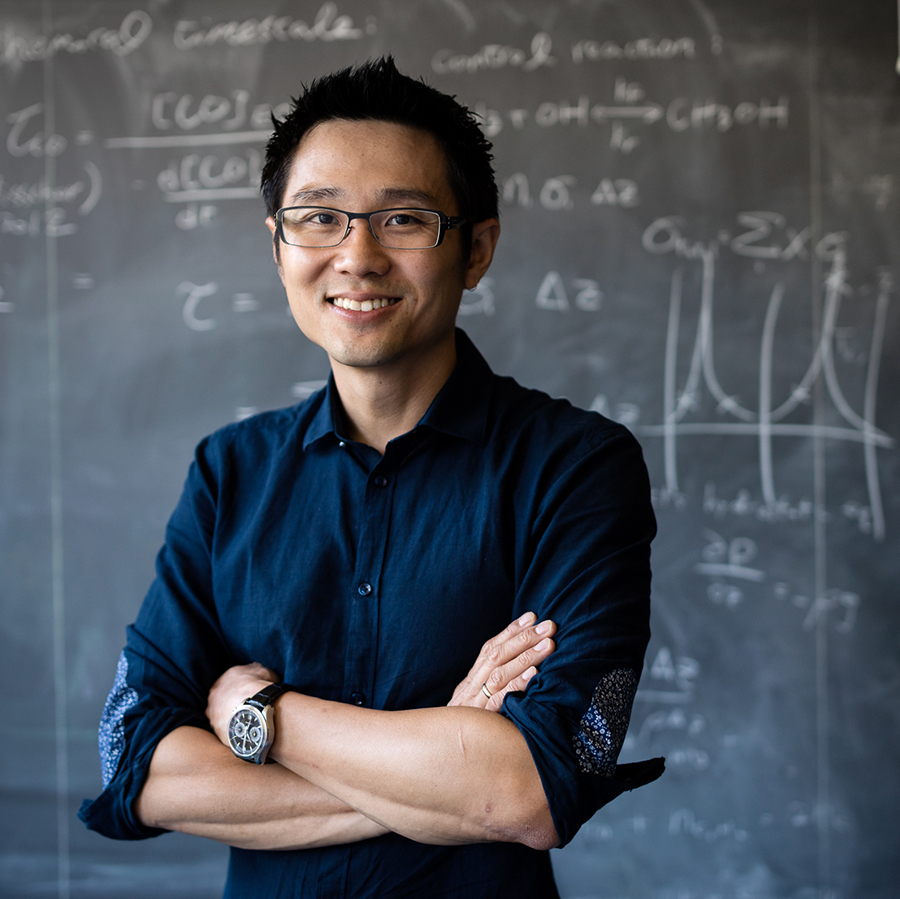
Kevin Heng, Collaborator
Chair Professor, Theoretical Astrophysics of Extrasolar Planets, Ludwig Maximilian University, Munich, Germany
Kevin Heng obtained his Ph.D in astrophysics (2007) from the University of Colorado at Boulder. He had postdoctoral stints at the Institute for Advanced Study at Princeton (including as Frank & Peggy Taplin Member) and ETH Zurich (as a Zwicky Prize Fellow), before moving to the University of Bern. His primary research interests are in the theory, simulation and phenomenology of the atmospheres of exoplanets, focusing on methodology associated with radiative transfer, atmospheric dynamics, chemistry, aerosols and Bayesian inference. He is the author of “Exoplanetary Atmospheres: Theoretical Concepts & Foundations” published by Princeton University Press (2017).
Photo: Alessandro Della Bella

Stephane Mazevet, Collaborator
Researcher at IMCCE, Observatoire de Paris-PSL University Paris sciences et Lettres
Stephane Mazevet is an expert in large scale simulations of the physical properties at extreme density and temperature conditions. He applied this method to planetary and exoplanetary modelling. Since 2015, he leads the Origines and conditions for the emergence of life project at the university PSL.
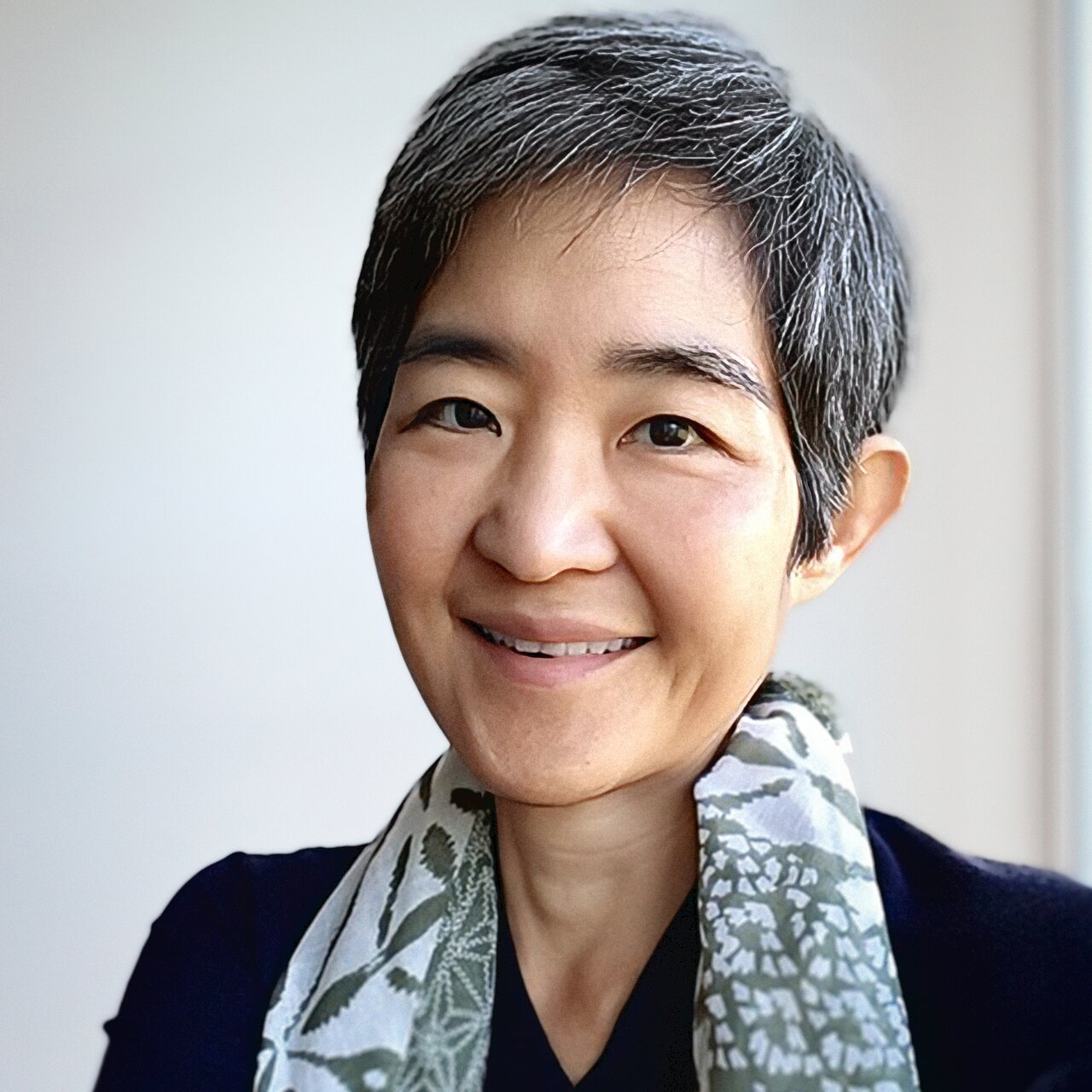
Joan Najita, Collaborator
Astronomer and Head of Scientific Staff at NSF’s NOIRLab
An astronomer and staff member of the National Observatory since 1998, my research interests include star and planet formation, exoplanets, low mass stars and brown dwarfs, the Milky Way, infrared spectroscopy, massively multiplexed wide-field spectroscopy, the nature of discovery in astronomy, and its science sociology and resource allocation practices. I am actively engaged in communicating science to the public and in exploring the future of science publications and the role of science in society.
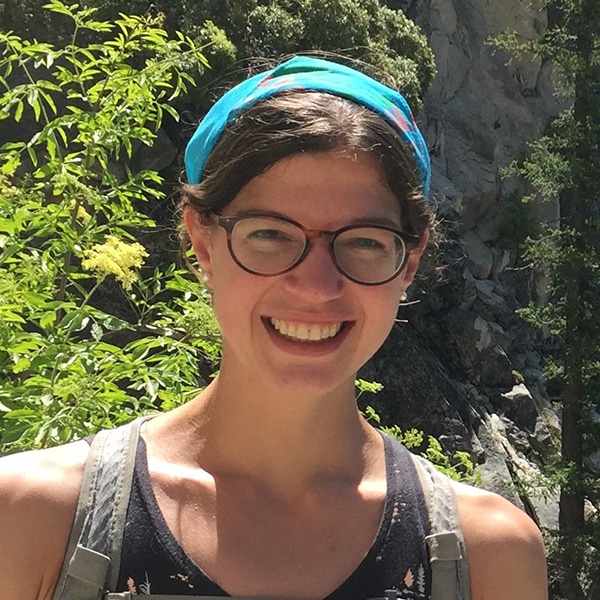
Jenny Bergner
NASA Sagan Fellow, UChicago
Jenny Bergner studies chemistry along the star and planet formation sequence, with a focus on understanding how volatile/organic material is delivered to nascent planetary systems. Her research combines millimeter telescope observations, ice chemistry experiments, and disk chemistry simulations. She received her PhD from Harvard University and is currently a NASA Sagan Fellow at the University of Chicago

Jamie Dietrich
Postdoctoral Research Scholar, Arizona State University
Jamie Dietrich is a postdoc at Arizona State University studying statistical analyses of exoplanet systems, searching for “hidden” planets in multiplanet systems in the solar neighborhood. By utilizing the full statistical knowledge gathered from large surveys, predictions can be made for the parameters of an additional planet in these systems, thus prioritizing them for EPRV characterization and potential HWO direct imaging

Kaustubh Hakim
Postdoctoral Researcher, University of Bern
Kaustubh Hakim’s research focuses on terrestrial exoplanets, in particular on geochemical cycles, interior-atmosphere interactions, and interior mineralogy, structure and evolution. To simulate planetary conditions, he implements computational models and laboratory experiments. He obtained his PhD in astrophysics and geochemistry from the University of Amsterdam.
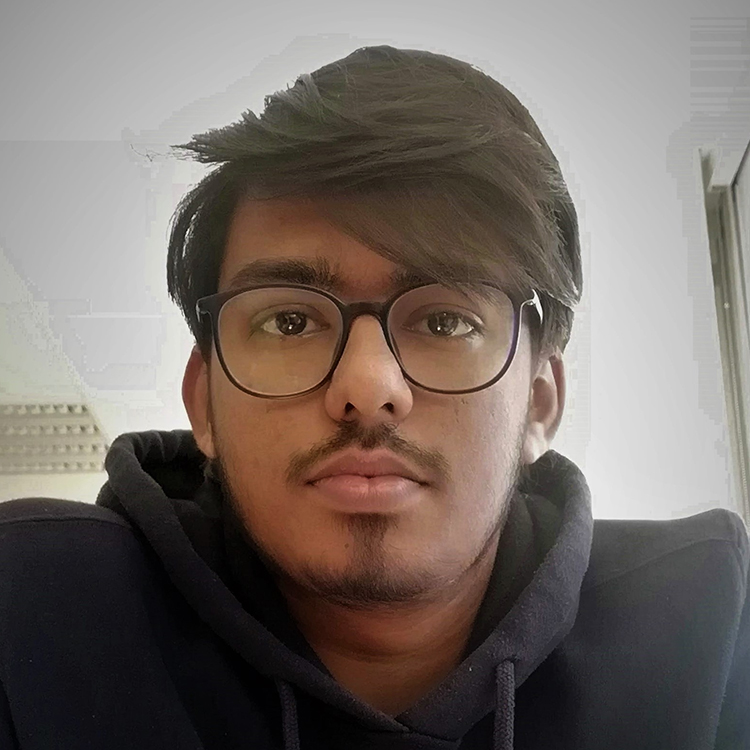
Mruthyunjay Kubendran Sumathi, PhD Student
University of Arizona
Mruthyunjay is a PhD student in the Department of Ecology and Evolutionary Biology at the University of Arizona working with Regis Ferriere. He has a Bachelors degree in genetic engineering from India and masters in Ecology and evolution from France. He works at the interface of biology and mathematics by developing mathematical models and carrying out some wet lab experiments. His aim is to understand the different limits of life and is interested in finding patterns and adaptive trends in biomolecules that can be used as biosignatures. He is currently working with extremophiles and trying to estimate the upper thermal limit of life.
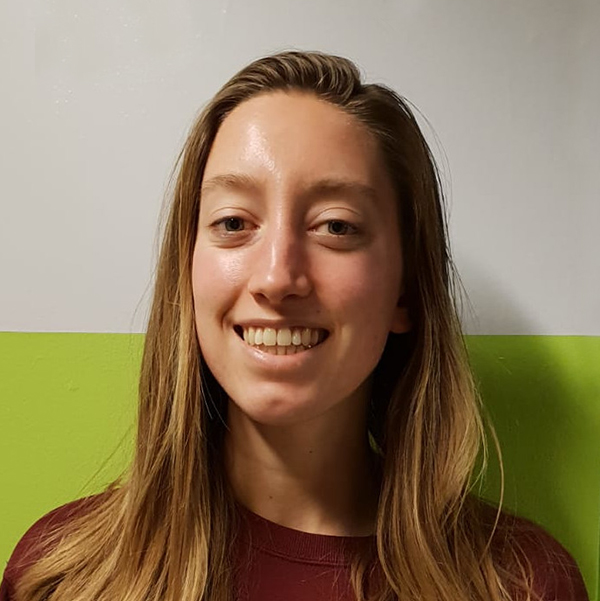
Marit Mol Lous, PhD Student
University of Bern
Marit Mol Lous will soon be starting her second year as a PhD student at the University of Bern and University of Zurich. Her aim is to look for long-term habitable conditions on planets with a primordial atmosphere. To do this she combines models of formation, atmosphere evolution and core composition among others.

Allison Towner
Postdoctoral Research Associate, UArizona
Allison joined Steward in 2023 as a Postdoctoral Scholar with NASA’s Alien Earths project. She received her Ph.D. in 2020 from the University of Virginia, where she was a Grote Reber Doctoral Fellow. She worked with Dr. Crystal Brogan of the National Radio Astronomy Observatory on radio-interferometric and multiwavelength observations of massive star-forming regions in the Milky Way. Her thesis focused on studying the full protostellar populations in massive protoclusters, with the goal of determining precisely how massive stars get their mass. She worked with Dr. Adam Ginsburg for her first postdoc at the University of Florida, where she was also an ALMA Ambassador in 2022. At Steward, she works with Dr. Josh Eisner on dynamical masses and evolutionary tracks of pre-main sequence (PMS) stars, UV-irradiated protoplanetary disks, and the connection between the evolution of individual disks and the overall protocluster environment.
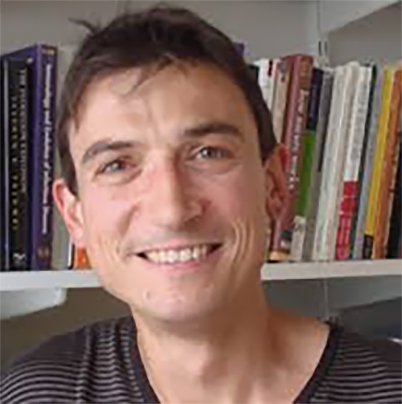
Regis Ferriere, Project Lead
Associate Professor, UArizona / Professor, Ecole Normale Supérieure, Paris
Regis Ferriere is interested in the interplay of ecological and evolutionary processes: how ecological interactions shape selection acting on individual traits variation, and how in return adaptive traits evolution influences population dynamics, community structure and diversity, and ecosystem function. I am involved in the development of the CNRS-ENS Ecotron in Paris, in a partnership with Biosphere 2 at the University of Arizona, to promote next-generation large-scale experiments on complex ecological systems under highly controlled environmental conditions.

Gijs Mulders, Project Lead
Assistant Professor, Universidad Adolfo Ibáñez, Santiago, Chile
Gijs Mulders is an expert in exoplanets. He specializes in the statistical analysis of exoplanet populations, and connecting these with numerical models of planet formation and observations of protoplanetary disks.
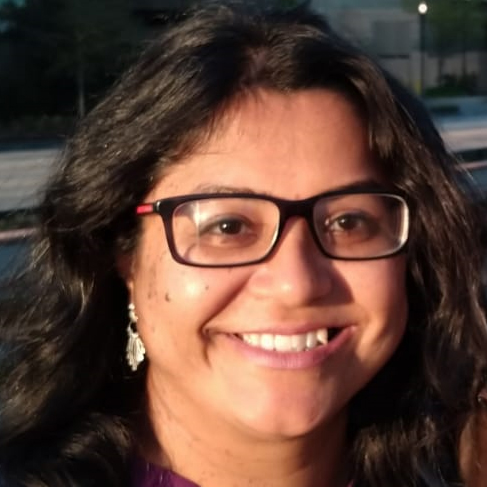
Maitrayee Bose, Co-Investigator
Assistant Professor, Cosmochemistry and Meteoritics, Arizona State University
Maitrayee Bose’s current interests include: (1) Water and light elements (carbon, nitrogen) in asteroid regolith and meteorites from partially differentiated to undifferentiated asteroids in order to understand how planets forming from these planetesimals received their volatile inventory. (2) Dust condensed in ancient stars and supernovae called stardust or presolar dust grains (i.e., material that predates the Solar System) to investigate nucleosynthesis and kinetic processes in the interior of stars. (3) Organic matter in primitive chondritic meteorites and interplanetary dust particles to constrain carbon delivery to planets. She investigates the chemistry of asteroids and comets using nano-scale Secondary Ion Mass Spectrometry (NanoSIMS) to understand how they originated and processes prevalent in small planetary bodies. The NanoSIMS at Arizona State University is funded by the National Science Foundation.
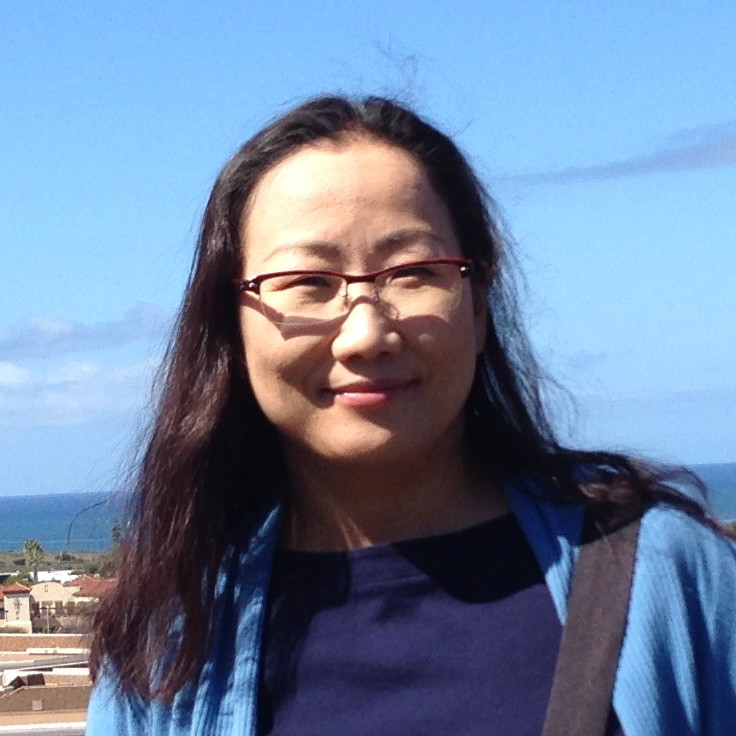
Serena Kim, Co-Investigator
Associate Astronomer, UArizona
Serena Kim’s recent research interests focus on 1) star formation and protoplanetary disk evolution in diverse UV radiation environments; 2) protoplanetary disk properties in young clusters to study accretion and external photoevaporation of the disks, 3) feedback from massive stars to nearby young stars in HII region in larger scale in the Milky Way galaxy to study initial mass function, disk evolution and triggered/sequential modes of star formation. Dr. Kim has been leading and participating in various projects including the Earths in Other Solar Systems (EOS) NExSS. She uses observational approaches from X-ray, UV, optical, IR to radio wavelengths using both ground-based and space telescopes, and collaborates with theorists.
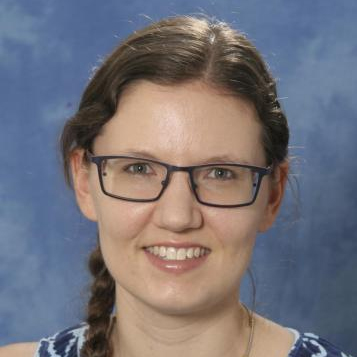
Kat Volk, Co-Investigator
Associate Staff Scientist, UArizona
Kat Volk’s reseasrch interests include exploring the orbital dynamics of the diverse planetary system architectures discovered by the Kepler mission and other exoplanet searches, using observations and theoretical studies of the Kuiper belt to understand the dynamical history of the outer solar system, coupling dynamical studies to observational studies to understand active Centaurs and their transition to the Jupiter family comet population. In addition to the Alien Earths collaboration, she is a member of the LSST Solar System Science Collaboration and is active in the leadership of the American Astronomical Society’s Division on Dynamical Astronomy.
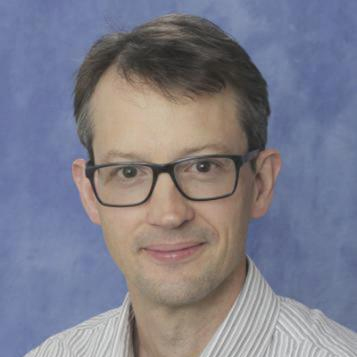
Andrew Youdin, Co-Investigator
Associate Astronomer, UArizona
Andrew Youdin received his Ph.D. from the University of California, Berkeley, in 2003. Dr. Youdin is a theoretical astrophysicist whose primary focus is the formation and evolution of planetary systems. He employs various techniques, including analytic derivations, statistical data analysis and detailed numerical simulations. Current research topics include planetesimal formation, giant planet formation, exoplanet statistics and atmospheres, circumbinary dynamics, and accretion disks. Andrew’s work on the streaming instability — a mechanism to concentrate planet-forming solids in disks — has transformed the modern understanding of planetesimal formation. In ongoing work, Andrew investigates a range of planet formation mechanisms with an eye to ongoing breakthroughs in exoplanet, disk and Solar System observations.
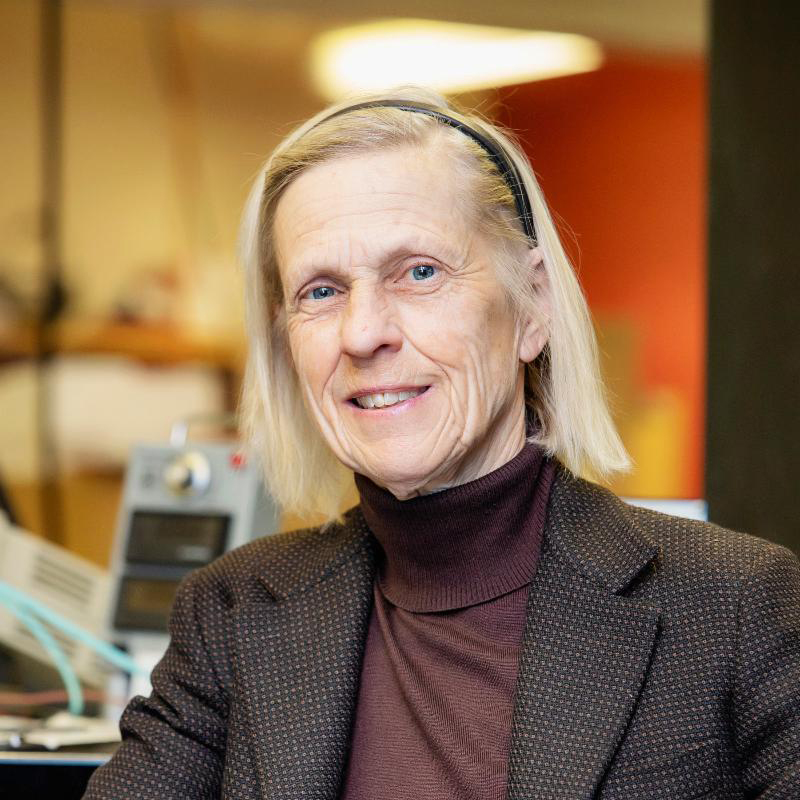
Lucy Ziurys, Co-Investigator
Regents' Professor of Astronomy, Chemistry and Biochemistry, UArizona
Dr. Lucy M. Ziurys conducts interdisciplinary research in astrochemistry, combining both laboratory molecular spectroscopy and radio/millimeter-wave spectral-line observations. Her science focuses on the understanding of the interstellar molecular life cycle, and how it relates to the matter that formed the solar system. Part of this work encompasses the study of molecules in extreme interstellar environments, such as in planetary nebulae and at the edges of the Galaxy. It also concerns the measurement of C, N, O isotope ratios and their implication for stellar nucleosynthesis and the cycling of interstellar matter. Her laboratory work is centered on measurements of refractory species containing metals, in the chemist’s sense, and phosphorus, with the goal of furthering our understanding of the chemistry in circumstellar shells of evolved stars, the gas-grain connection, and the relationship to presolar grains. Dr. Ziurys was awarded the Laboratory Astrophysics Prize of the American Astronomical Society in 2019 and the Barbara Mez-Stark Prize in Molecular Spectroscopy in 2015. She is a Fellow of the American Physical Society and the American Astronomical Society.
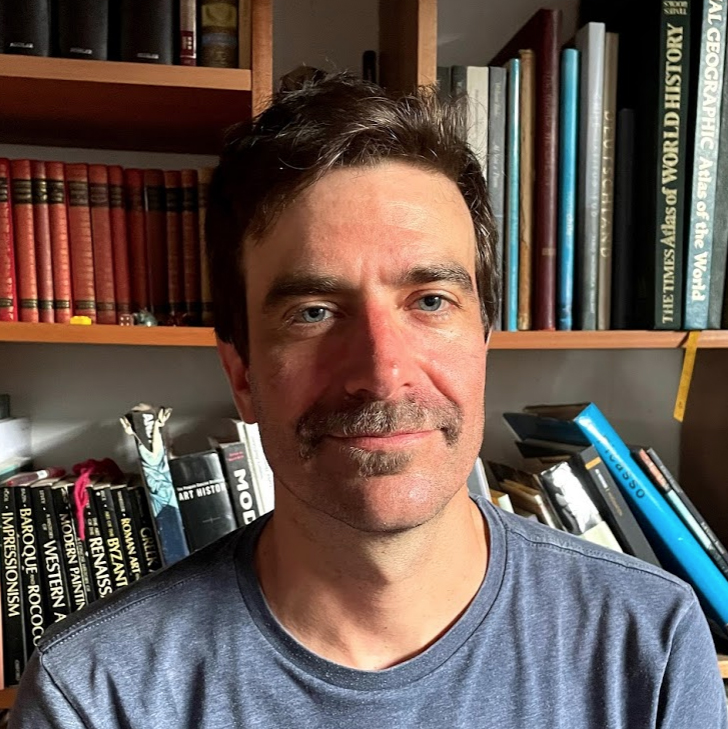
Andres Jordan, Collaborator
Professor,Universidad Adolfo Ibáñez; Director, Millennium Institute for Astrophysics
Andres Jordan obtained his PhD in Astrohysics from Rutgers University in 2004. He was an ESO fellow in Germany, a Clay fellow at the Harvard-Smithsonian Center for Astrophysics, and a professor at the Institute for Astrophysics of PUC, before moving to his current position at Universidad Adolfo Ibanez. His primary current research interests are the discovery and characterization of transiting exoplanets, and small telescope instrumentation.
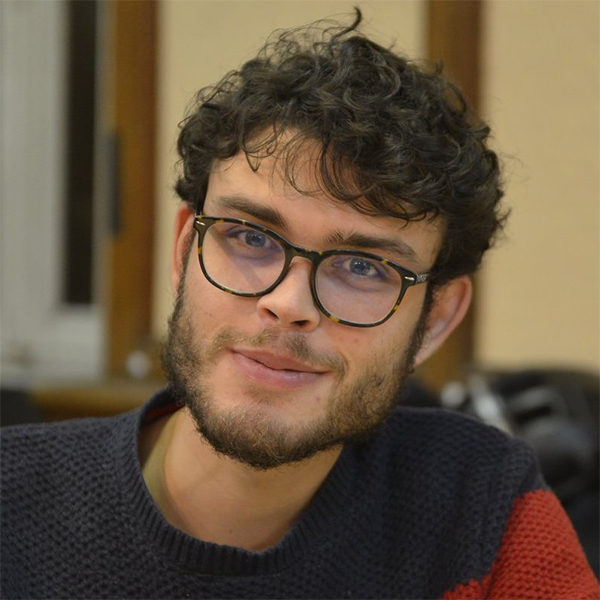
Antonin Affholder
Postdoctoral Research Associate, University of Arizona
Antonin Affholder is a Postdoctoral Research Associate working with Régis Ferrière and Stéphane Mazevet to study habitability and biosignatures. Antonin is interested in understanding the ecological and evolutionary aspects of habitability, as well as in developing statistical inference methods of potential exoplanetary biospheres. He has a background in Ecology and Evolution as well as in Oceanography.
Portrait by Dorian Jude
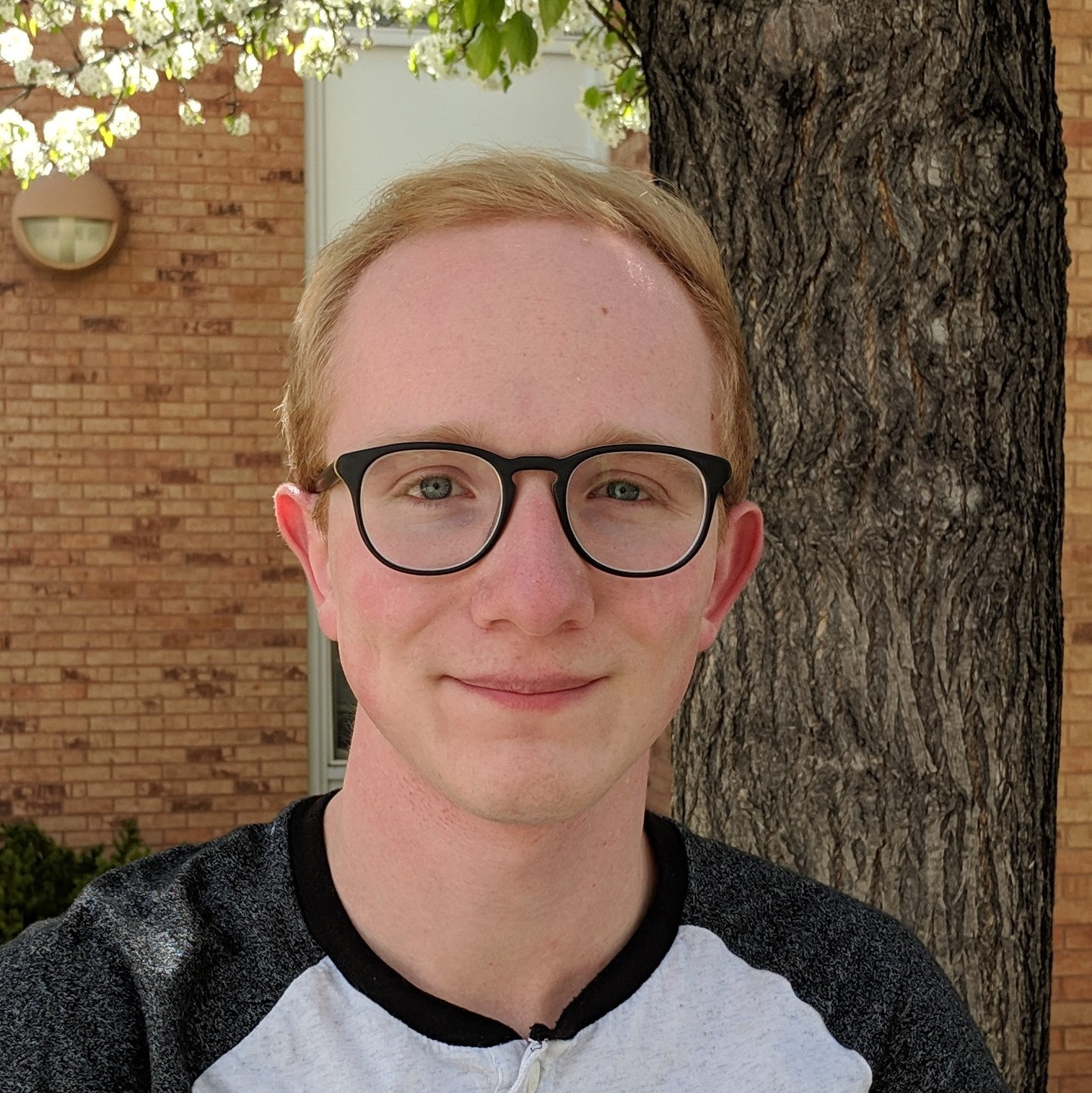
Galen Bergsten, PhD Student
University of Arizona
Galen Bergsten is a graduate student at LPL working with Ilaria Pascucci to study how exoplanet demographics correlate with properties of their host stars. He is interested in assessing the population of habitable worlds in the solar neighborhood. Galen comes from a background in astronomy and biology, and strives to take an interdisciplinary approach in the quantization of exoplanet habitability.
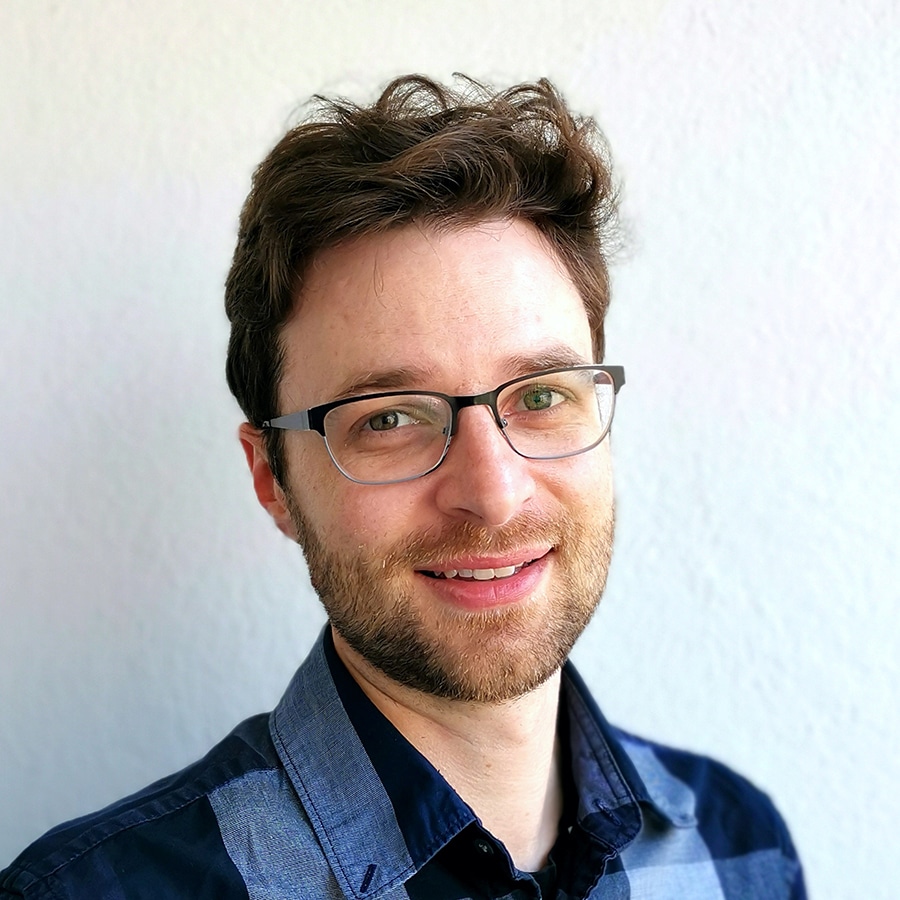
Russell Deitrick
Postdoctoral Scholar, University of Bern
Russell Deitrick received his Ph.D. from the University of Washington, where he explored the intersection of orbital dynamics and habitability of exoplanets. He is currently a post-doc at University of Bern and specializes in 3D and 1D atmospheric models of super-Earths and hot Jupiters.

Rachel Fernandes, PhD Student
University of Arizona
Rachel Fernandes is a Ph.D. candidate at the Lunar and Planetary Laboratory & the Department of Planetary Sciences at The University of Arizona where She works with Dr. Ilaria Pascucci and Dr. Gijs Mulders on exoplanet demographics. More specifically, she uses both ground- and space-based telescopes to detect, characterize and study the demographics of planetary systems around young stars in order to better understand habitability from a planetary perspective.
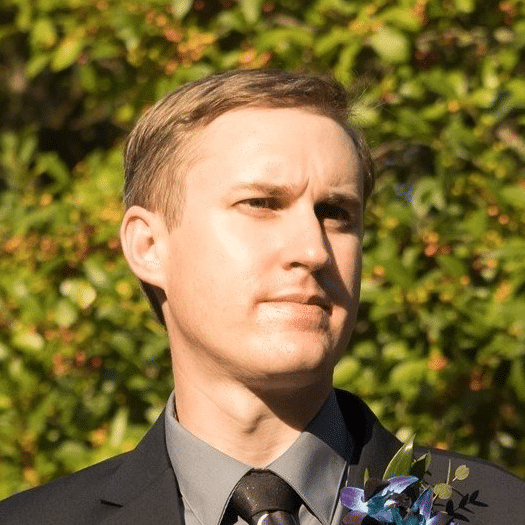
Kevin Hardegree-Ullman
Postdoctoral Research Associate, UArizona
Kevin Hardegree-Ullman’s research encompass different aspects of exoplanet characterization to gain a better understanding of exoplanet demographics. To achieve this, his work includes precise stellar characterization with an emphasis on M dwarfs, follow-up observations of exoplanet candidates, transmission spectroscopy of ultra-hot Jupiters, and photometric variability of brown dwarfs. Kevin received his PhD from the University of Toledo in 2018 and was a postdoc at Caltech/IPAC-NExScI until he joined the University of Arizona team in 2021.
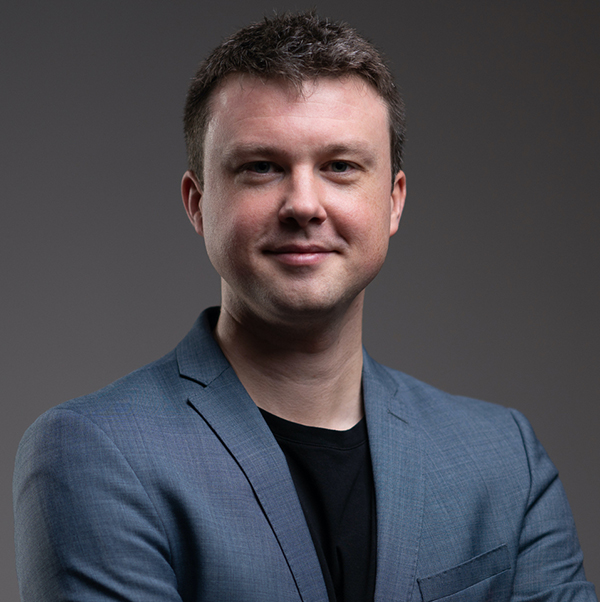
Tim Lichtenberg
Research Fellow in Planetary Physics, University of Oxford
Tim Lichtenberg works on the interface between astronomy and the geosciences to understand how the evolution of planets and life are interconnected. He holds an interdisciplinary PhD from ETH Zurich and currently investigates the growth, early atmospheres, and surface conditions of rocky planets as part of the Simons Collaboration on the Origins of Life.
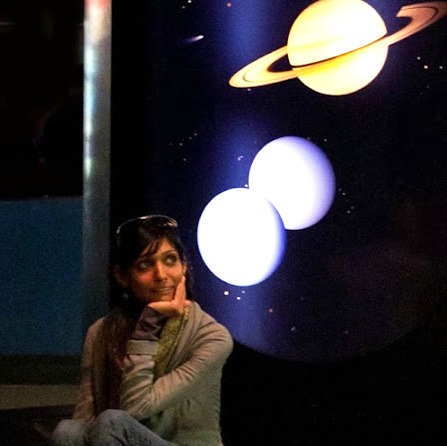
Terry-Ann Suer, Collaborator
Research Scientist, The Laboratory for Laser Energetics, University of Rochester
Terry-Ann Suer measures the properties of materials at high pressure and temperatures using static and dynamic compression techniques. She combines these measurements with models to better understand the structure and evolution of planetary interiors. She also investigates the chemistry of early terrestrial magma oceans.

Tessa Fisher
Postdoctoral Research Associate, UArizona
Tessa Fisher is primarily focused on using global ecology and complex systems science to develop biosignatures for large populations of exoplanets. In particular, she is interested in the potential application of atmospheric chemical reaction network topology as a biosignature. Her goal is to use these new theoretical approaches to help guide future exoplanet observations in the search for life beyond Earth.
